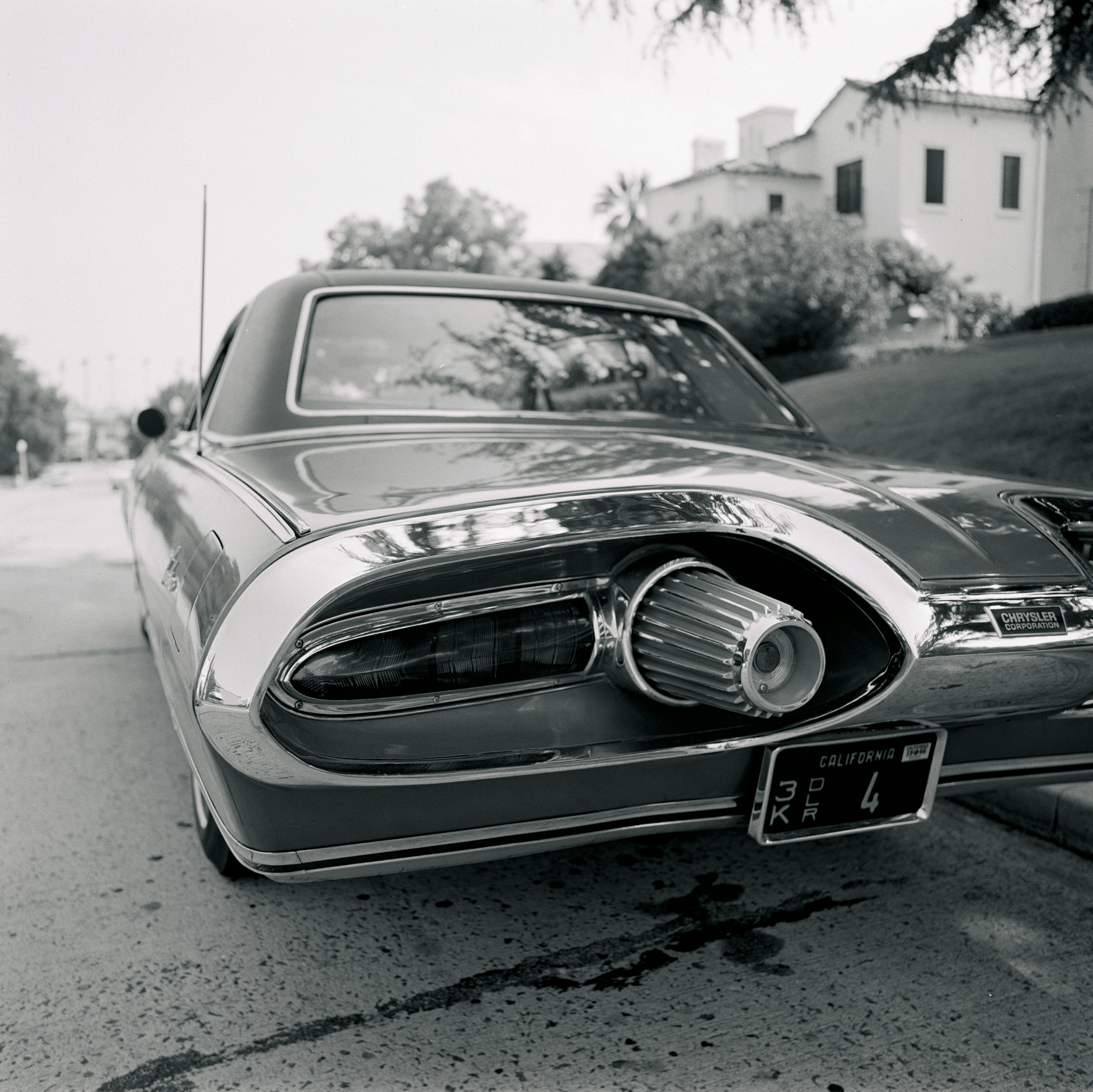
A hyped new vehicle features multiple blades and wings and has a face that resembles a Transformer that didn’t quite complete its metamorphosis. It’s even got a jet engine in the back, giving the impression that it might take to the skies at any moment. But this is no plane — it’s a new electric car.
Ariel, the avant-garde British automaker behind bonkers vehicles like the open-air (and somehow street-legal) Atom, announced the prototype super-EV Hipercar last month, which the company says will be available to buy in 2024.
The carbon-fiber monstrosity allegedly will produce nearly 600 horsepower in its two-wheel-drive configuration and upwards of 1,200 hp when delivering power to all four wheels.
In its speediest configuration, Hipercar would zoom from zero to 60 miles per hour in a face-melting two seconds — over four times faster than a Toyota Prius, for example.
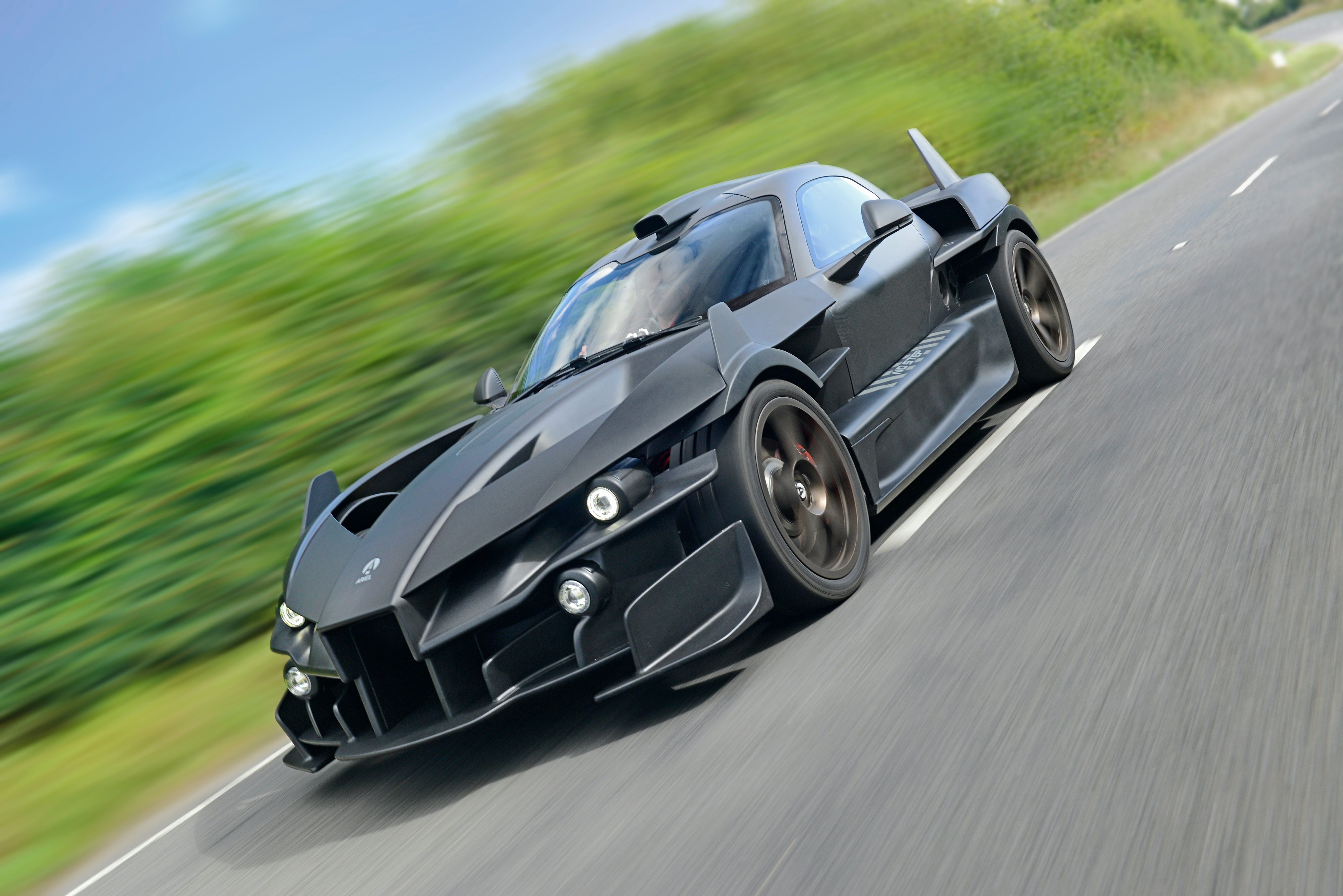
You may guess that the car’s 56 kWh battery wouldn’t last too long providing that kind of intense power. You’d be correct, so that’s where its most curious technological trick comes in: The futuristic car carries a small gas-burning turbine engine built by Cosworth. The motor is basically a downsized version of what sits on an airplane’s wing.
Its purpose is not to push the car, but to create enough energy to recharge the EV’s battery while the Hipercar whirs down the road, extending its range.
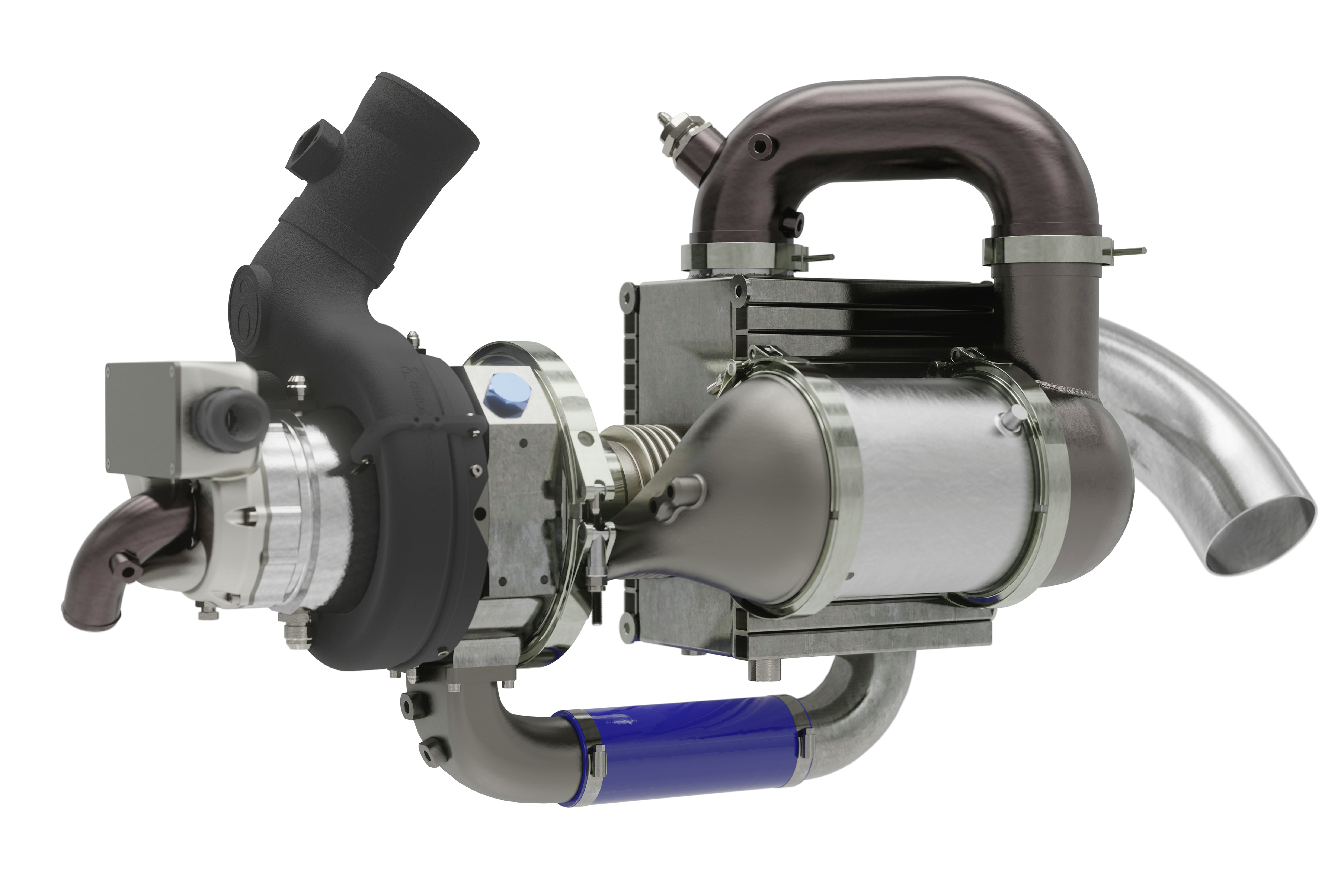
This headline-grabbing tech is just the latest chapter in a decades-long, tortuous tale of engineering, in which people tried — and mostly failed — to put turbine engines in automobiles.
And Ariel isn’t alone in the domain of bombastic propulsion. Elon Musk has teased the possibility of adding rocket engines to boost the acceleration of the upcoming Tesla Roadster to utterly ludicrous levels.
Innovations in the electric vehicle era could prove that the turbine belongs in cars — or we’ll see yet another set of spectacular misses.
A history of jet-powered cars

Before World War II, most planes used propellers driven by internal combustion engines with pistons, much like you’d find in the gasoline-powered cars of today. But engineers realized they would need a lighter and more powerful source of propulsion to elevate and speed up air travel.
Jet propulsion was already in development, but had yet to make it out of the lab — that is, until the wartime arms race spurred the modern gas turbine engine, ushering in the modern jet age with regular intervals of long-haul intercontinental flights.
In the simplest terms, a jet engine works like this: At the front, fans suck in air and pull it into a compressor, which “squeezes” it. Now pressurized, the air combines with jet fuel and ignites.
What if we put them in cars?
Then, the energy from the combustion reaction whirls toward a nozzle in the back of the engine. The resulting thrust propels the plane. On its way out, the thrust spins a turbine that provides power to parts of the engine, including the combustor.
By the late 1950s, jet engines had taken over long-distance air travel. At that point, automotive engineers naturally wondered: What if we put them in cars?
The turbine engine, unlike a rollicking all-American V8 with its angry pistons that fire back and forth, creates almost no vibration. The design is simpler than a piston-driven combustion engine, meaning that it’s theoretically more reliable and requires less maintenance.
“The main advantage would've been weight reduction,” says Jeff Defoe, mechanical engineer and turbine expert at Canada’s University of Windsor. “That's the entire reason why we use gas turbines [in aircraft] — they have much better power-to-weight ratios than piston engines.”
Companies and tinkerers began to experiment with cars powered by a turbine engine, leading to strange marvels like the 1950 Rover Jet 1.
The signature experiment best remembered today: the 1963 Chrysler Turbine, a bold, heralded, and ultimately doomed attempt to build the auto of the future.
While some of Chrysler’s test drivers professed love for the peculiar power plant, many complained of poor fuel economy, dumpy acceleration, and a roaring noise when the car reached high speed.
After several years of testing, Chrysler scrapped the program — and most of the cars. Today, car collector and erstwhile television host Jay Leno has one of the last existing models in his garage.
Ultimately, the Chrysler Turbine’s demise killed hopes of seeing the engine power consumer cars.
The high-speed redux
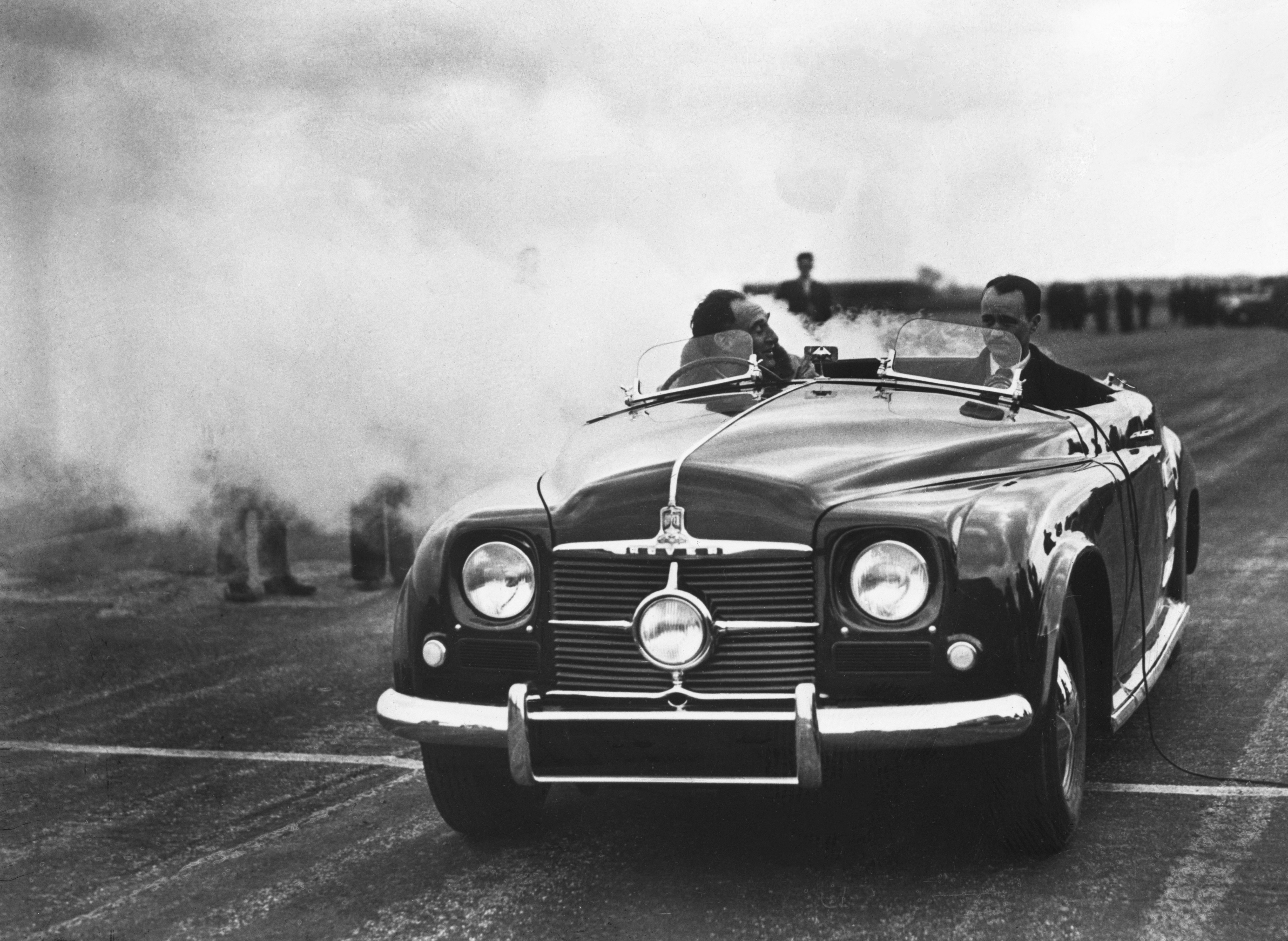
So why are turbine engine-powered cars — once a retrofuturistic mirage — making a comeback in the age of EVs?
The Ariel Hipercar’s showy turbine is a different beast than the unsuccessful engines of the 1960s because it stores energy in its battery. That’s a good thing, Defoe says, because the turbine engine design is much better suited to this 21st-century task.
Consider a car’s typical duties: It must stop and start continuously as the driver encounters stop signs and traffic lights and dodges other vehicles.
A traditional internal combustion engine can handle this task because it can operate at a wide range of different revolutions per minute (RPM).
A turbine makes much more sense as a range-extending device than a car engine.
Only on the occasional long trip or freeway journey does a car sustain the same speed and engine output for a few hours at a time, and flying down the interstate at a constant high speed is not where the engine shines, anyway.
“But for gas turbines, that's exactly the most efficient way to run the engine,” Defoe says. “The engine is the most efficient at its maximum output, and the efficiency drops off more or less continuously as you move away from that.”
That’s why turbines are ideal for air travel: Planes don’t get stuck in sky traffic, so jet engines can run at nearly full output for long durations of 12 hours or more and get the most out of a turbine design. They’re lousy in stop-and-go traffic when the engine must slow way down.
Overall, a turbine makes much more sense as a range-extending device than a car engine, Defoe says. The Ariel Hipercar’s turbine need not rev up and down with the car’s speed. Instead, it runs at constant RPM as it recharges the battery. “It's either on [and] operating at its maximum efficiency point or it's not running; there are no other conditions,” he says.
Turbines of the future
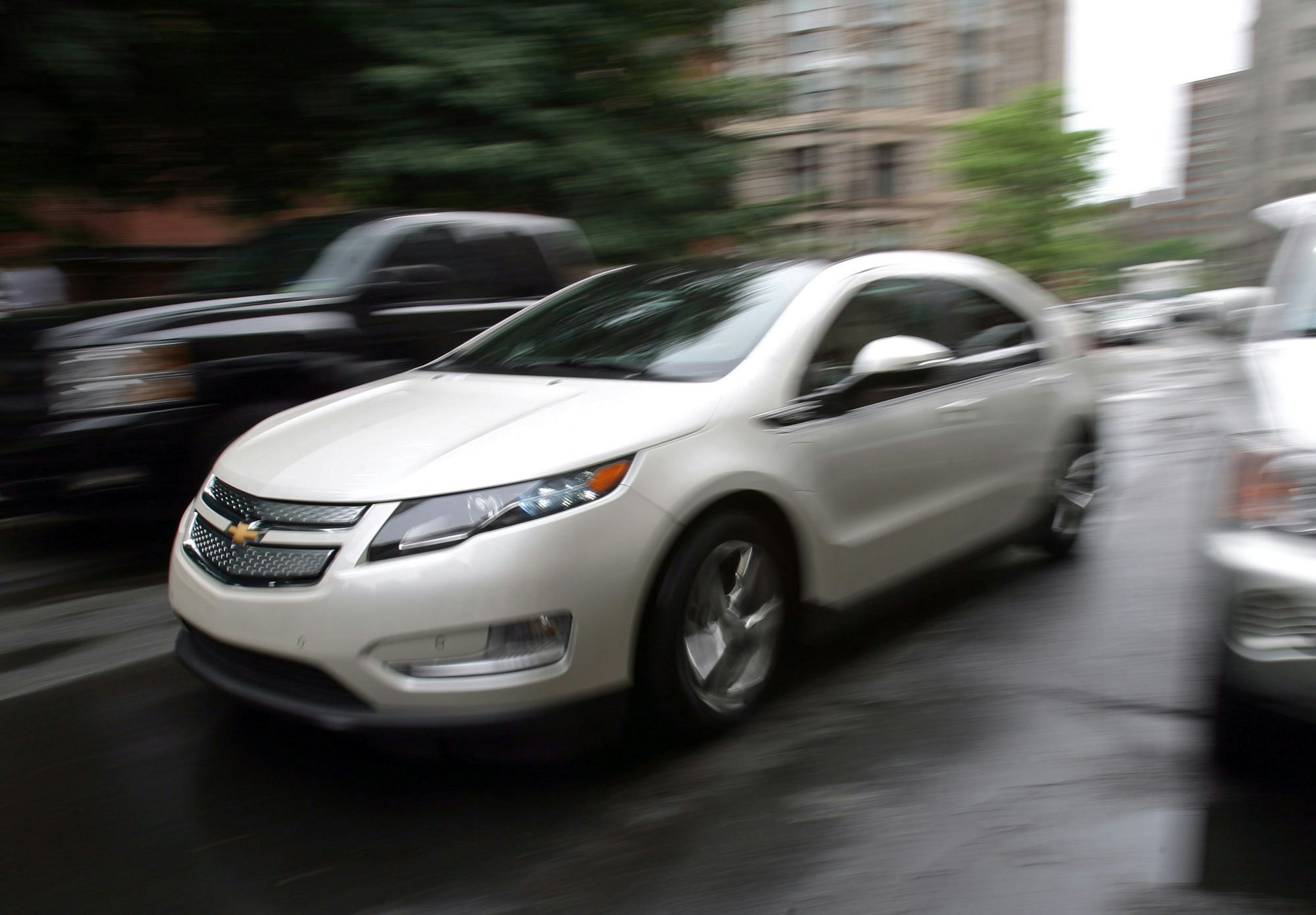
The turbine is just one way to give an electric vehicle an on-board fuel boost. For example, the Chevrolet Volt that General Motors sold from 2011 to 2019 used its small gasoline engine not to propel the car, but to run a generator that produced electric power for its electric motors.
Mazda has teased the idea of harnessing its iconic Wankel rotary engine, which powered small cars like the RX-7, as a range-extender in a future EV.
The hybrid semi-truck developed by Edison Motors follows the same principle. The company’s engineers replaced an 18-wheeler’s large diesel engine with a downsized diesel generator that charges up a battery, which in turn drives the truck’s electric motors.
Defoe says the turbine engine makes a pretty good range extender. When downsized from the giant beast on an airplane to the scale of the Hipercar, the turbine isn’t quite as efficient — it experiences more friction as fluids move through the engine.
Even so, he says, it would probably match the performance of a fancy piston-driven engine, and at a considerably lighter weight. That could be a crucial consideration since EVs laden with big, heavy batteries often struggle with their weight.
Future turbines could even run on hydrogen fuel.
And a turbine doesn’t necessarily need to burn fossil fuels. After all, part of the appeal of electric vehicles is the promise of cutting carbon emissions. EVs can run on renewable energy, but sneaking a small gasoline power plant on board to extend the vehicle’s range undercuts its greenness.
Although it runs on gas in most current cases, the turbine is adaptable. The vintage Chrysler Turbine of the 1960s was famously rigged up to run on Chanel No. 5 perfume when it visited France and tequila when it visited Mexico. Defoe says the design of the combustor can be fairly easily changed to make it burn a different fuel, and the rest of the engine can stay the same.
Future turbines could even run on hydrogen fuel, he says, which may benefit the engine as a whole. Because carbon dioxide is acidic, the exhaust from a gas turbine corrodes engine parts over time.
“If you burn hydrogen, and you basically just have air mixed with water vapor as your gas in the back half of the engine, it's gonna do some positive things for the life of the machine,” he says.
Of course, Ariel and Tesla aren’t the only ones sticking turbines on cars. A quick search on YouTube will yield videos of daredevils who strap jet engines to the back of their BMWs and Teslas. But it’s best not to try that at home.







